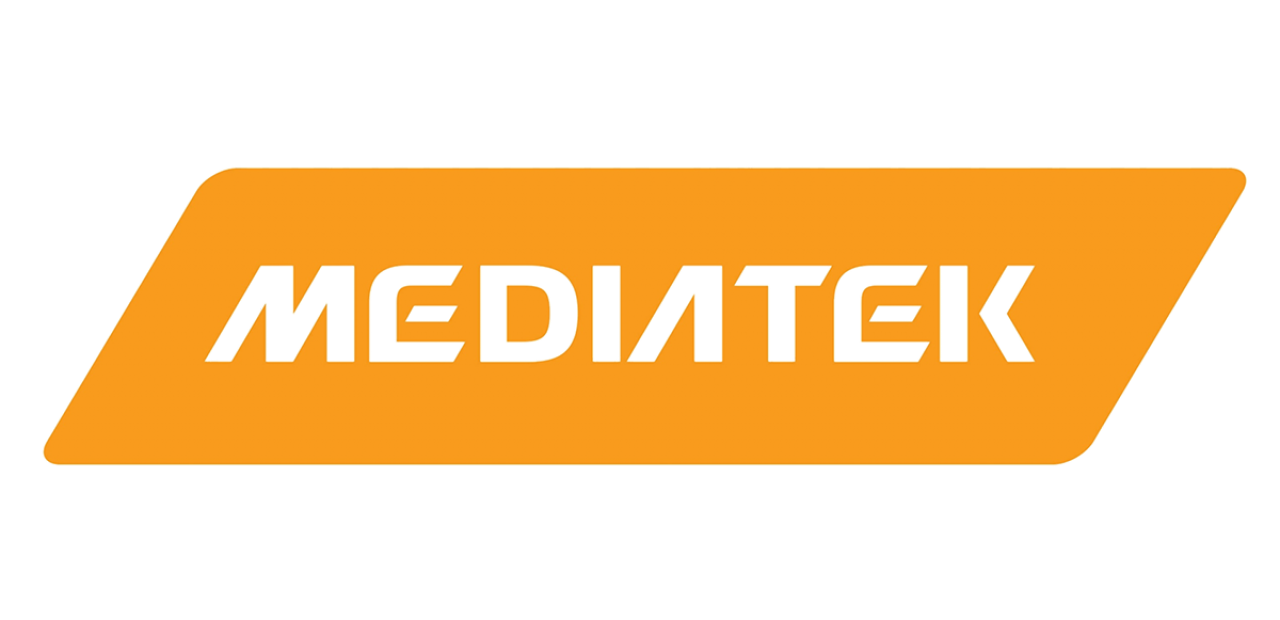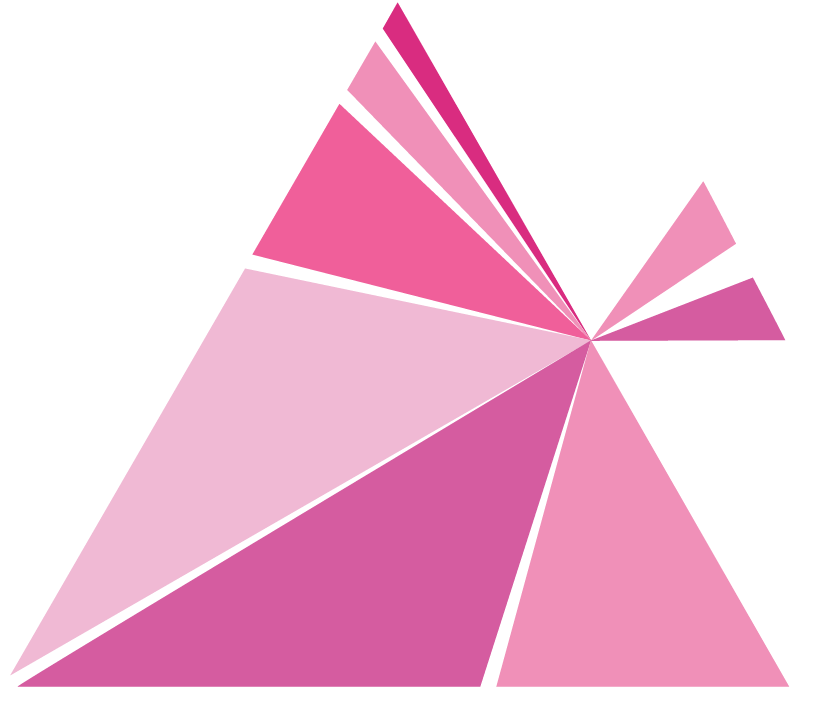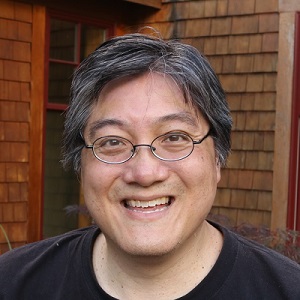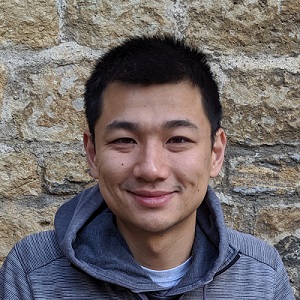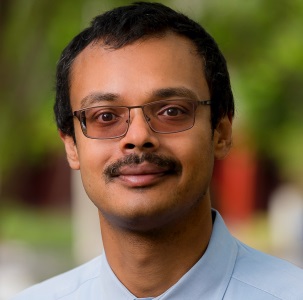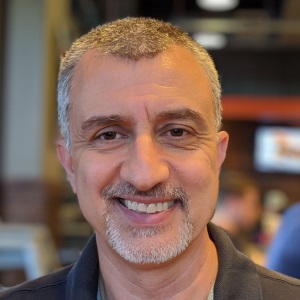List of AIM 2020 publications and links to online materials:
A Benchmark for Burst Color Constancy
Qian, Yanlin *; Käpylä, Jani M; Kamarainen, Joni-Kristian; Koskinen, Samu; Matas, Jiri
A Benchmark for Inpainting of Clothing Images with Irregular Holes
Kınlı, Furkan Osman*; Özcan, Barış; Kirac, Furkan
Adaptive Hybrid Composition based Super-Resolution Network via Fine-grained Channel Pruning
Chen, Siang*; Huang, Kai; claesen, luc; Li, Bowen; Xiong, Dongliang; Jiang, Haitian
AgingMapGAN (AMGAN): High-Resolution Controllable Face Aging with Spatially-Aware Conditional GANs
Despois, Julien*; Flament, Frederic; Perrot, Matthieu
AIM 2020 Challenge on Efficient Super-Resolution: Methods and Results
Zhang, Kai*; Danelljan, Martin; Li, Yawei; Timofte, Radu
AIM 2020 Challenge on Image Extreme Inpainting
Ntavelis, Evangelos*; Romero, Andrés; Arjomand Bigdeli, Siavash; Timofte, Radu
AIM 2020 Challenge on Learned Image Signal Processing Pipeline
Ignatov, Andrey; Timofte, Radu*
AIM 2020 Challenge on Real Image Super-Resolution
Wei, Pengxu*; Lu, Hannan; Timofte, Radu; Lin, Liang; Zuo, Wangmeng
AIM 2020 Challenge on Rendering Realistic Bokeh
Ignatov, Andrey; Timofte, Radu*
AIM 2020 Challenge on Video Extreme Super-Resolution: Methods and Results
Fuoli, Dario*; Huang, Zhiwu; Gu, Shuhang; Timofte, Radu
AIM 2020 Challenge on Video Temporal Super-Resolution
Son, Sanghyun*; Lee, Jaerin; Nah, Seungjun; Timofte, Radu; Lee, Kyoung Mu
AIM 2020: Scene Relighting and Illumination Estimation Challenge
El Helou, Majed*; Zhou, Ruofan; Süsstrunk, Sabine; Timofte, Radu
An Ensemble Neural Network for Scene Relighting with Light Classification
Dong, Liping*; Jiang, Zhuolong; Li, Chenghua
AWNet: Attentive Wavelet Network for ImageISP
Dai, Linhui*; Liu, Xiaohong; LI, CHENGQI; CHEN, JUN
BGGAN: Bokeh-Glass Generative Adversarial Network for Rendering Realistic Bokeh
Qian, Ming*; Qiao, Congyu; Lin, Jiamin; Guo, Zhenyu; LI, Chenghua; Leng, Cong
Bokeh Rendering from Defocus Estimation
Luo, Xianrui*; Peng, Juewen; Xian, Ke; Wu, Zijin; Cao, Zhiguo
CA-GAN: Weakly Supervised Color Aware GAN for Controllable Makeup Transfer
KIPS, Robin*; PERROT, Matthieu; Bloch, Isabelle; Gori, Pietro
Conditional Adversarial Camera Model Anonymisation
Andrews, Jerone T A*; Zhang, Yidan; Griffin, Lewis
Deep Adaptive Inference Networks for Single Image Super-Resolution
Liu, Ming; Zhang, Zhilu; Hou, Liya; Zuo, Wangmeng*; Zhang, Lei
Deep Cyclic Generative Adversarial Residual Convolutional Networks for Real Image Super-Resolution
Muhammad Umer, Rao *; MICHELONI, CHRISTIAN
Deep Plug-and-Play Video Super-Resolution
Lu, Hannan*; Tong, Chaoyu; Lian, Wei; Ren, Dongwei; Zuo, Wangmeng
Deep Relighting Networks for Image Light Source Manipulation
Wang, Li-Wen; Siu, Wan-Chi*; Liu, Zhisong; Li, Chu-Tak; Lun, Daniel, P.K>
DeepGIN: Deep Generative Inpainting Network for Extreme Image Inpainting
Li, Chu-Tak; Siu, Wan-Chi*; Liu, Zhisong; Wang, Li-Wen; Lun, Daniel P.K.
Deformable Kernel Convolutional Network for Video Extreme Super-Resolution
Xu, Xuan*; Li, Xin; Wang, Jinge; Xiong, Xin
Densely Connecting Depth Maps for Monocular Depth Estimation
Zhang, Jinqing*; Yue, Haosong; Wu, Xingming; Chen, Weihai; Wen, Changyun
Disrupting Deepfakes: Adversarial Attacks Against Conditional Image Translation Networks and Facial Manipulation Systems
Ruiz, Nataniel*; Bargal, Sarah; Sclaroff, Stan
EEDNet: Enhanced Encoder Decoder Network for AutoISP
Zhu, Yu*; tian, liang; Guo, Zhenyu; He, Xiangyu; LI, Chenghua; Leng, Cong; Cheng, Jian; Zhang, Yifan
Efficient Image Super-Resolution using Pixel Attention
Zhao, Hengyuan*; Xiangtao, Kong; He, Jingwen; Qiao, Yu; Dong, Chao
Efficient Super-Resolution using MobileNetV3
Wang, Haicheng*; Bhaskara, Vineeth S.; Levinshtein, Alex; Tsogkas, Stavros; Jepson, Allan D
Efficiently Detecting Plausible Locations for Object Placement using Masked Convolutions
Susmelj, Igor; Volokitin, Anna*; Agustsson, Eirikur; Van Gool, Luc; Timofte, Radu
Enhanced Adaptive Dense Connection Single Image Super-Resolution
Xie, Tangxin TX*; Li, Jing; Shen, Yi; Jia, Yu; Zhang, Jialiang; Zeng, Bing
Enhanced Quadratic Video Interpolation
Liu, Yihao*; Xie, Liangbin; Si-Yao, Li; Sun, Wenxiu; Qiao, Yu; Dong, Chao
FamilyGAN: Generating Kin Face Images usingGenerative Adversarial Networks
Sinha, Rauank; Vatsa, Mayank ; Singh, Richa*
FAN: Frequency Aggregation Network for Real Image Super-resolution
Pang, Yingxue; Li, Xin; Jin, Xin; Wu, Yaojun; Liu, Jianzhao; Liu, Sen; Chen, Zhibo*
Flexible Example-based Image Enhancement with Task Adaptive Global Feature Self-Guided Network
Kneubuehler, Dario*; Gu, Shuhang; Van Gool, Luc; Timofte, Radu
Gated Texture CNN for Efficient and Configurable Image Denoising
Imai, Kaito*; Miyata, Takamichi
Genetic-GAN: Synthesizing images between two domains by genetic crossover
Zaman, Ishtiak*; Crandall, David
GIA-Net: Global Information Aware Network for Low-light Imaging
Meng, Zibo*; Xu, Runsheng; Ho, Chiu Man
Human Motion Transfer from Poses in the Wild
Ren, Jian*; Chai, Menglei; Tulyakov, Sergey; Fang, Chen; Shen, Xiaohui; Yang, Jianchao
IdleSR: Efficient Super-Resolution Network with Multi-Scale IdleBlocks
Xiong, Dongliang*; Huang, Kai; Jiang, Haitian; Li, Bowen; Chen, Siang; Jiang, Xiaowen
Joint Demosaicking and Denoising for CFA and MSFA Images using a Mosaic-Adaptive Dense Residual Network
Pan, Zhihong*; Li, Baopu; Cheng, Hsuchun; Bao, Yingze
L2-Constrained RemNet for Camera Model Identification and Image Manipulation Detection
Rafi, Abdul Muntakim*; Wu, Jonathan; Hasan , Md. Kamrul
LarvaNet: Hierarchical Super-Resolution via Multi-exit Architecture
Jeon, Geun-Woo; Choi, Jun-Ho; Kim, Jun-Hyuk; Lee, Jong-Seok*
Learning to improve image compression without changing the standard decoder
Strümpler, Yannick*; Yang, Ren; Timofte, Radu
LightNet: Deep Learning based Illumination Estimation from Virtual Images
Nathan, Sabari*; M, Parisa Beham
Long-Term Human Video Generation of Multiple Futures Using Poses
Fushishita, Naoya*; Tejero-de-Pablos, Antonio; Mukuta, Yusuke; Harada, Tatsuya
MSEM: Multi-Scale Semantic-Edge Merged Model for Image Inpainting
Ni, Haopeng*; Zeng, Weijian; CAI, YIYANG; LI, Chenghua
Multi-Objective Reinforced Evolution in Mobile Neural Architecture Search
Chu, Xiangxiang; Zhang, Bo*; Xu, Ruijun
Noise-Aware Merging of High Dynamic Range Image Stacks without Camera Calibration
Hanji , Param*; Zhong, Fangcheng; Mantiuk, Rafal
PyNET-CA: Enhanced PyNET with Channel Attention for End-to-end Mobile Image Signal Processing
Kim, Byung-Hoon; Song, Joonyoung; Ye, Jong Chul*; Baek, JaeHyun
Pyramidal Edge-maps and Attention based Guided Thermal Super-resolution
Gupta, Honey*; Mitra, Kaushik
Quantized Warping and Residual Temporal Integration for Video Super-Resolution on Fast Motions
Karageorgos, Konstantinos*; ZAFEIROULI, KASSIANI; Konstantoudakis, Konstantinos; Dimou, Anastasios; Daras, Petros
Real Image Super Resolution via Heterogeneous Model Ensemble using GP-NAS
Pan, Zhihong*; Li, Baopu; Xi, Teng; Fan, Yanwen; zhang, gang; liu, jingtuo; Han, Junyu; Ding, Errui
Residual Feature Distillation Network for Lightweight Image Super-Resolution
Liu, Jie*; Tang, Jie; Wu, Gangshan
SA-AE for Any-to-any Relighting
Hu, Zhongyun; Huang, Xin; Li, Yaning; Wang, Qing*
Self-Calibrated Attention Neural Network for Real-World Super Resolution
Cheng, Kaihua*; Wu, Chenhuan
Single image dehazing for a variety of haze scenarios using back projected pyramid network
Singh, Ayush; Bhave, Ajay; Prasad, Dilip K*
Ultra Lightweight Image Super-Resolution with Multi-Attention
Muqeet, Abdul*; Hwang, Jiwon; Yang, Subin; Kang, Jung Heum; Kim, Yongwoo; Bae, Sung-Ho
Unconstrained Text Detection in Manga: a New Dataset and Baseline
del gobbo, julian*; Matuk Herrera, Rosana
WDRN : A Wavelet Decomposed RelighNet for Image Relighting
Puthussery, Densen; P.S., Hrishikesh*; Kuriakose , Melvin ; C.V., Jiji
Fast Light-Weight Network for Face Image Inpainting
bai, mengmeng*; Li, Shuchen
Invited Talk 1: " Reflected Light and Doors in the Sky: Rewriting a GAN's Rules " David Bau (MIT)
Invited Talk 2: " Style and Structure Disentanglement for Image Manipulation " Richard Zhang (Adobe)
Invited Talk 3: " Light Fields and View Synthesis from Sparse Images: Revisiting Image-Based Rendering " Ravi Ramamoorthi (University of California, San Diego)
Invited Talk 4: " Modern Computational Photography: Burst Imaging and Handheld Multi-frame Super-Resolution " Peyman Milanfar (Google)



